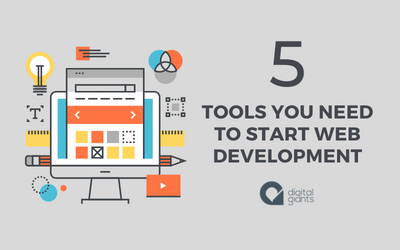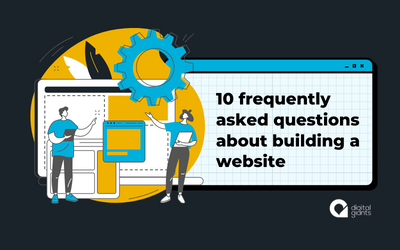Think about it. Does someone who works on the customer-facing side of your business get asked the same questions day in and day out? It must be tiring for them and probably takes up a significant portion of their day.
Here’s a step-by-step guide to help you create an effective and user-friendly FAQ page that elevates your customer experience:
How to create a FAQ page in WordPress – Using a plugin or not
There are many paid and free plugins available that allow you to create an FAQ or knowledge base. Some considerations when deciding whether or not to use a plugin or not:
- How much information do you have? If you have a lot of information, and want to streamline the process of adding/updating information you may want to consider a plugin
- Will your FAQs be on one page or on separate pages? If you are considering having multiple pages with FAQ sections on them, then you may want to consider a plugin so when you update the FAQ it gets updated everywhere.

Developing the FAQ content
FAQ content is not only great for your users, but also supports your website’s content marketing strategy and can help with SEO! A win-win in our books!
Identify Common Questions
Begin by compiling a list of questions that your customers or website visitors ask. You can gather these questions from customer inquiries, emails, comments, and feedback.
Make sure to get your team involved here. What questions do your sales team get asked? What calls are coming into your front desk about?
Focus on questions that provide useful information and solve common problems. Make sure to think about questions from both your product and/or service perspective.
Write Clear and Concise Answers
Write clear, concise, and easy-to-understand answers for each question you listed. Use simple language and avoid jargon. Your answers should directly address the question and provide practical solutions for your users.
Use Formatting
Use formatting techniques such as headings, bullet points, and bold text to highlight key information and make it easy to read. This helps users quickly identify relevant information and gives them the ability to skim through the content.
Add Visuals
Incorporate visuals like images, diagrams, or videos where necessary to enhance understanding. Visuals can be particularly helpful for explaining complex concepts or step-by-step processes.
Link to Other Resources
If certain questions require more detailed explanations or if you have a related blog post, guide, or other resource, provide links to them within the FAQ answers. This can further enrich the user experience and keep them on your website longer.
Use Schema Markup
Schema markup is a structured data format that provides search engines with additional context about the content on your webpage. Using schema markup for FAQ pages can enhance your website’s visibility in search engine results. This could lead to displaying individual FAQ questions and answers directly in the search results (Google’s featured snippets).
FAQ page user experience
Before you create a FAQ page you should consider the following when it comes to designing and developing the landing page.
Organize Content
Choose a layout that is easy to navigate. Some common approaches include collapsible pages/ accordions, lists, or a single page with anchor links to different pages. Make sure users can quickly scan through questions and answers.
Categorize Questions
Group similar questions together into categories. This makes it easier for users to find the information they’re looking for. Keep the categories broad enough to cover a range of related questions. If you are using a plugin, the option to add tags may be available to you and you should definitely utilize this feature if possible.
Include Search Functionality
If your FAQ page is extensive, consider implementing a search bar at the top of the page that allows users to search for specific keywords or phrases. This can help users quickly find the answers they need more quickly.
Provide a way for users to contact you
While the goal of an FAQ page is to provide self-help options, there will always be situations where users need to reach you directly. Include contact information or a contact form if your users have any further questions. Some fields you may want to include are name, email, question, and service area interested in. *And don’t forget, when you get these questions, add them to your FAQ page for future users’ reference. If one person has the question, it’s likely others will too.

Other FAQ page considerations
Here are a few other considerations to think about when creating your FAQ page.
Test for Usability
Prior to publishing the FAQ page, consider testing it with a small group of users to ensure its user-friendly – users can find what they are looking for easily and navigate the page quickly. Gather feedback and make necessary adjustments before launching.
Monitor Analytics
After launching the FAQ page, you should monitor your Google Analytics to see which questions are being accessed the most and which ones might need further development (eg. if the engagement rate is very low on a specific question). This data can help you refine your FAQ content as time goes on.
Keep It Updated
Regularly review and update your FAQ page content to ensure the information remains accurate and relevant.
Your FAQ page exists to provide helpful information and assist users in finding answers to their questions. By focusing on user needs, organizing information effectively, and maintaining up-to-date content, you can create a valuable resource that enhances the overall user experience on your website.
We’ve built a LOT of websites, and have compiled the 10 most frequently asked questions about building a website, curious to see what people are asking?



